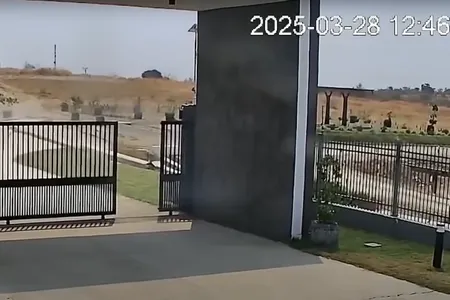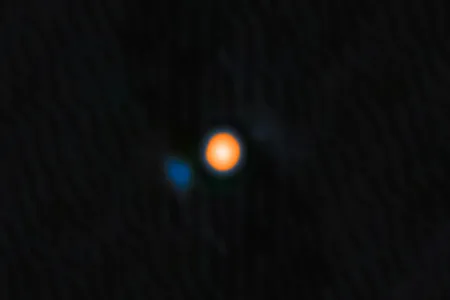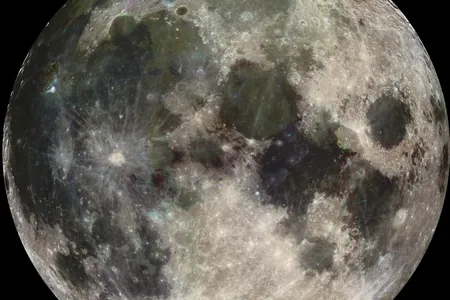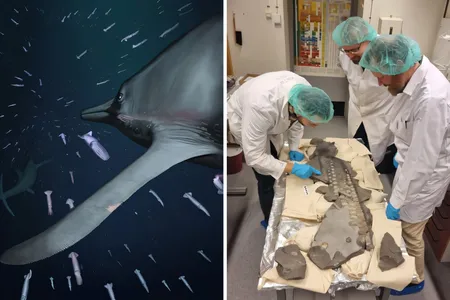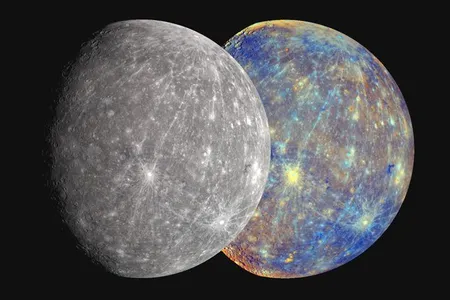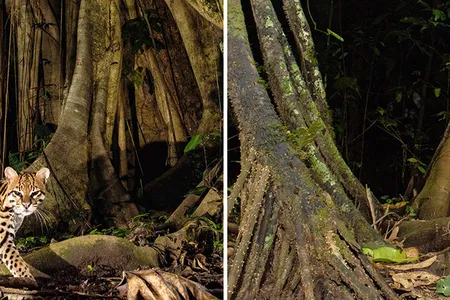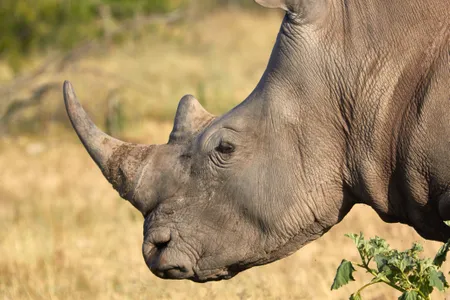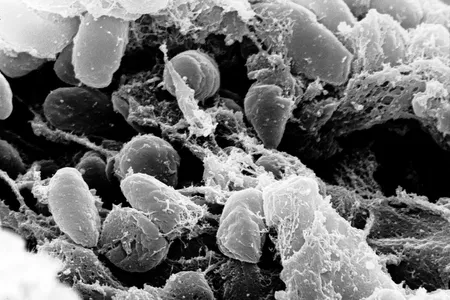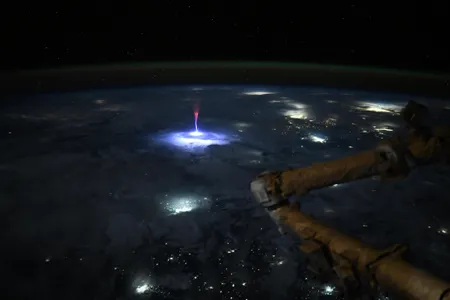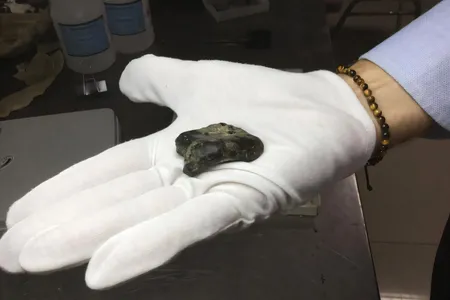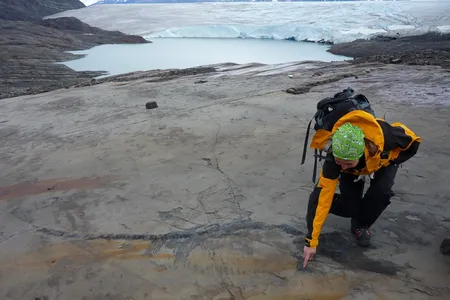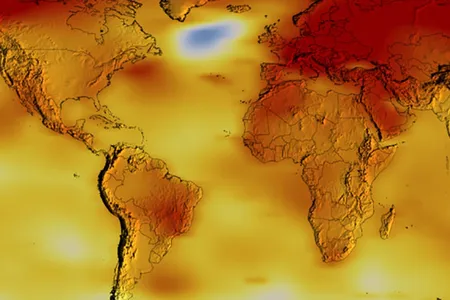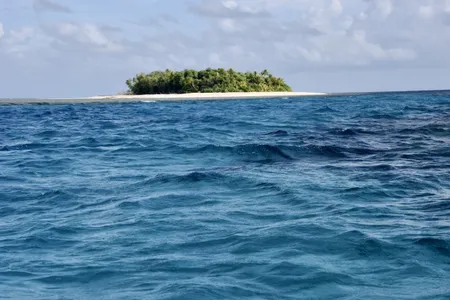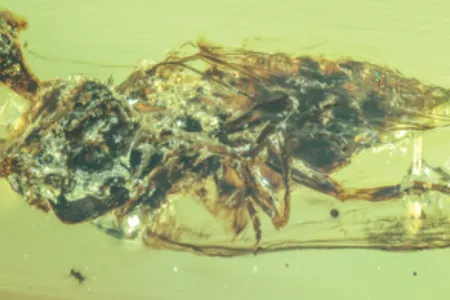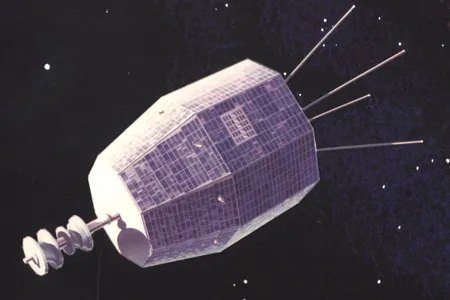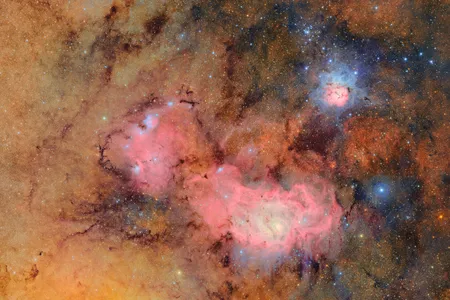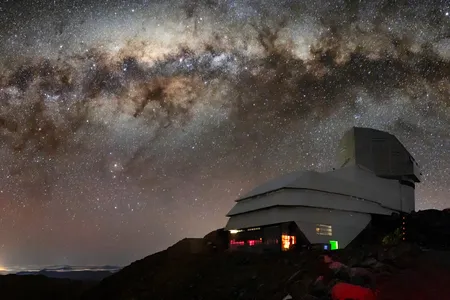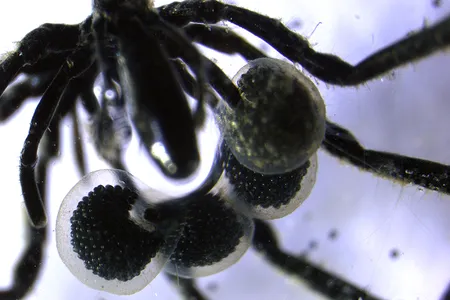Stories from this author
Cancer DNA Can Be Detected in the Bloodstream Up to Three Years Before Diagnosis, Study Suggests
For a few individuals, scientists found genetic material from cancerous tumors in blood samples taken years before they were diagnosed through traditional methods
CCTV Footage Captures the First-Ever Video of an Earthquake Fault in Motion, Shining a Rare Light on Seismic Dynamics
A clip recorded in Myanmar in March reveals a curved path of the fault slip, which can help scientists better understand the physics of such events
Scientists Will Melt the World’s ‘Oldest Ice’ to Reveal Its Secrets and Uncover a Climate Record of 1.5 Million Years
The ice cores could offer clues about a period known as the Mid-Pleistocene Transition that has long puzzled scientists
Astronomers Say They’ve Finally Spotted Betelgeuse’s Companion Star, Long Predicted to Exist but Never Seen
The discovery, if confirmed, could explain Betelgeuse’s mysterious six-year oscillations in brightness
Today Will Likely Be Shorter Than Usual, and It Will Happen Again in August. Here’s Why
Because of the moon’s position, Earth is rotating just over a millisecond faster than usual on a few days this summer
Fossil Flipper Reveals Ichthyosaurs Hunted in Lethal Silence With Unique Adaptations for Stealth
An analysis of a roughly 180-million-year-old fossil fin reveals serrations and flexibility that might have served to dampen sound as the predator swam
Scientists Have Never Confirmed a Meteorite From Mercury. Could These Space Rocks From the Desert Be the First?
Two meteorites found in the Sahara show tantalizing similarities to the innermost planet, and while researchers say they are likely not direct samples, “one cannot rule out” the idea
Video Reveals an Unlikely Bond Between Ocelots and Opossums in the Amazon, Walking Together Like ‘Old Friends’
Researchers captured the footage by surprise, with cameras initially set up to record bird behavior
Scientists Recover Ancient Proteins From Animal Teeth Up to 24 Million Years Old, Opening Doors to Learning About the Past
Two new papers analyze fossils found in Canada and Kenya, respectively—vastly different environments for the preservation of genetic material
An Arizona Resident Died From the Plague. Here’s What to Know About the Rare Disease
The patient had the pneumonic plague, the rarest and deadliest form of the disease. Human cases remain very uncommon in the United States, though plague is endemic to the western part of the country
Mysterious ‘Red Sprite’ Appears in NASA Astronaut Photo From the Space Station. What Is This Strange Electrical Flare?
Red sprites are among a class of enigmatic weather phenomena that appear over thunderstorms, known as Transient Luminous Events
A Massive Underwater Fossil Find Includes Remains From Ancient Human Ancestors
More than 6,000 animal fossils were found in Indonesia, and two of them belong to Homo erectus
A Rare, Pregnant Ichthyosaur Fossil Discovered in Chile Is Revealing More Secrets About the Early Cretaceous World
The fossil helps scientists better understand not just the animal, but our planet’s geology
Scientists Shed Light on the Mysterious ‘Cold Blob’ in the North Atlantic Amid a Search for Its Cause
In two recent studies, researchers suggest a weakening ocean current system is to blame for a persistent cold spot in the Atlantic Ocean, though other factors may also be at play
More Than One-Third of Tuvalu’s Population Has Applied for a ‘Climate Visa’ to Relocate to Australia
The world-first climate visa agreement will grant permanent residency status to 280 Tuvaluans per year as the island nation grapples with sea-level rise
Rare Amber Fossils Capture ‘Zombie’ Fungus Infecting Insects During a Time When Dinosaurs Still Walked the Earth
An ant and fly from the Cretaceous period offer insights into the history of Ophiocordyceps, the fungal parasite made popular by HBO’s “The Last of Us”
Astronomers Detected a Mysterious Radio Burst. It Turned Out to Be From a Dead NASA Satellite
The signal detected last year came from Relay 2, a communications satellite that has been defunct since 1967
See the First Breathtaking Images Captured by the Powerful New Telescope at the Rubin Observatory
Featuring never-before-seen views of galaxies and more than 2,100 newly discovered asteroids, the observations are only a taste of what to expect from the telescope’s upcoming decade-long survey
The World’s Largest Camera Is About to Unveil Its First Photos of Space. Here’s How to Follow Along With a Live Stream
The revolutionary Vera C. Rubin Observatory will unveil new insights about our universe—and you can catch a first look at a local event or online on Monday
Scientists Discover First Known Sea Spider Species That ‘Eat’ Methane With the Help of Bacteria
The research offers new insights on interactions between creatures on the mysterious seafloor and sheds light on the methane cycle
Page 1 of 7


